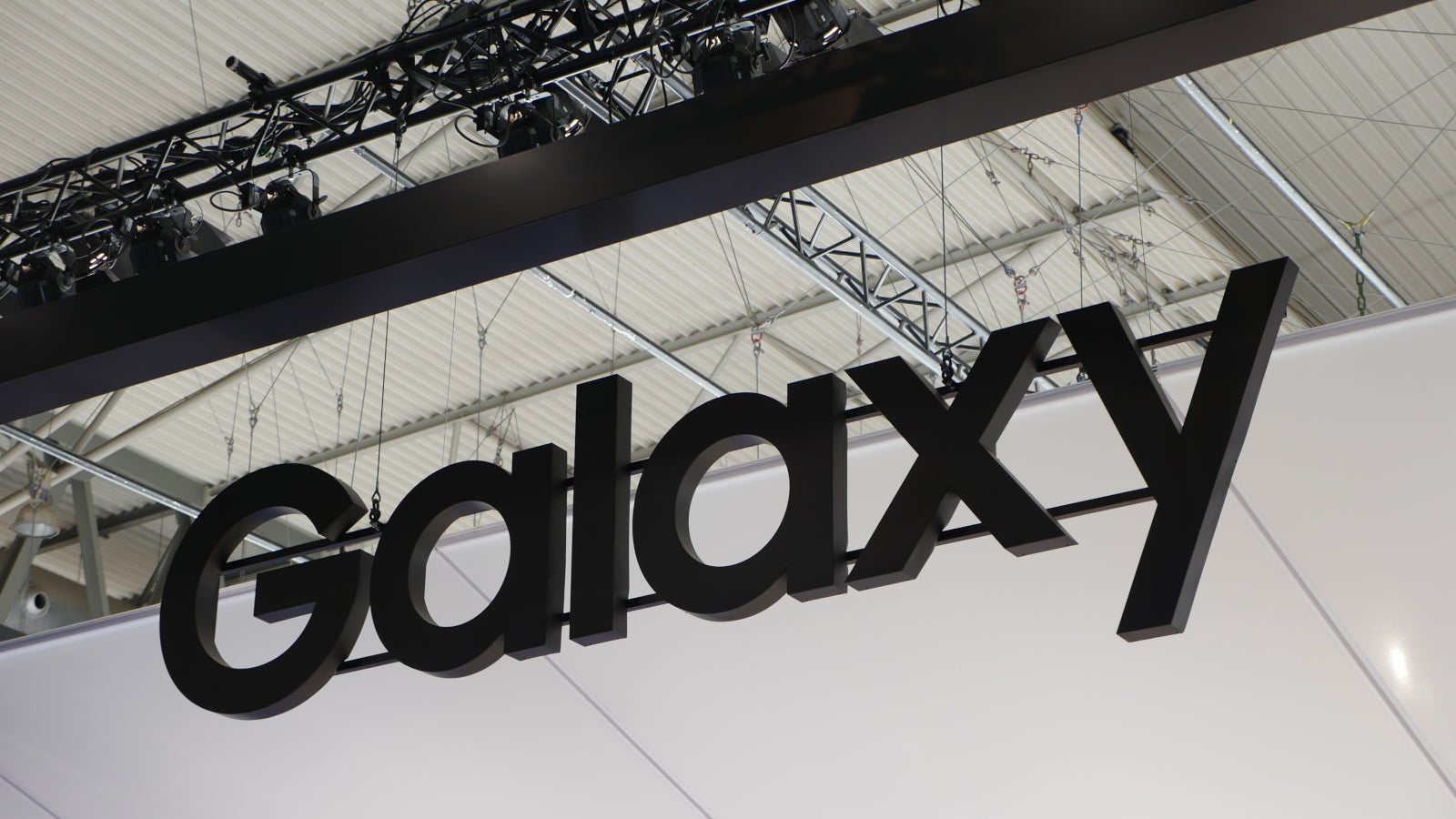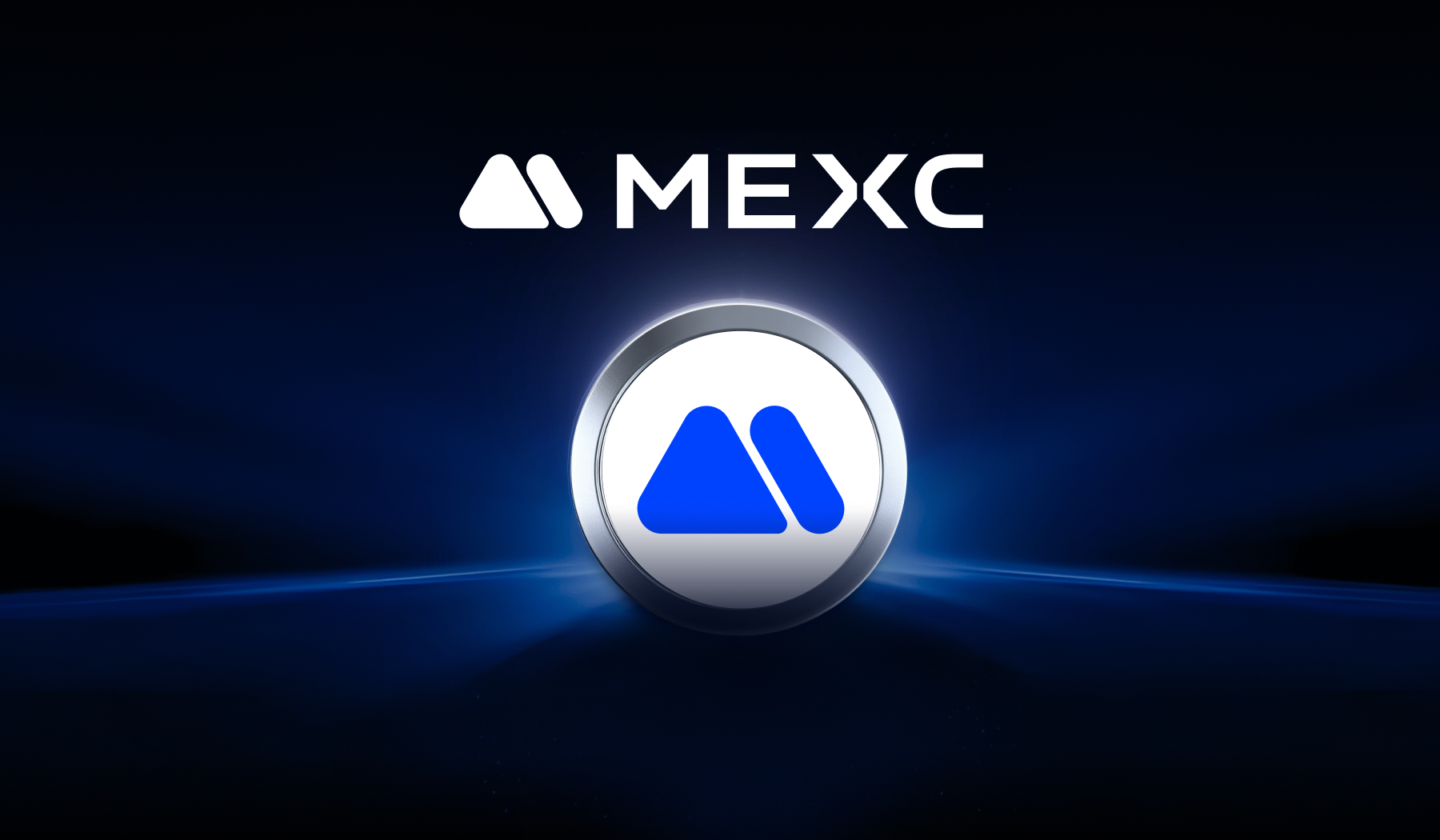Can AI Help Manage Nuclear Reactors?
America's Department of Energy launched a federally funded R&D center in 1946 called the Argonne National Laboratory, and its research became the basis for all of the world's commercial nuclear reactors. But it's now developed an AI-based tool that can "help operators run nuclear plants," reports the Wall Street Journal, citing comments from a senior nuclear engineer in the lab's nuclear science and engineering division: Argonne's plan is to offer the Parameter-Free Reasoning Operator for Automated Identification and Diagnosis, or PRO-AID, to new, tech-forward nuclear builds, but it's also eyeing the so-called dinosaurs, some of which are being resurrected by companies like Amazon and Microsoft to help power their AI data centers. The global push for AI is poised to fuel a sharp rise in electricity demand, with consumption from data centers expected to more than double by the end of the decade, the International Energy Agency said Thursday. The owners of roughly a third of U.S. nuclear plants are in talks with tech companies to provide electricity for those data centers, the Wall Street Journal has reported. PRO-AID performs real-time monitoring and diagnostics using generative AI combined with large language models that notify and explain to staff when something seems amiss at a plant. It also uses a form of automated reasoning — which uses mathematical logic to encode knowledge in AI systems — to mimic the way a human operator asks questions and comes to understand how the plant is operating [according to Richard Vilim, a senior nuclear engineer within the lab's nuclear science and engineering division]. The tool can also help improve the efficiency of the personnel needed to operate a nuclear plant, Vilim said. That's especially important as older employees leave the workforce. "If we can hand off some of these lower-level capabilities to a machine, when someone retires, you don't need to replace him or her," he said... Part of the efficiency in updating technology will come from consolidating the monitoring staff at a utility's nuclear plants at a single, centralized location — much as gas-powered plants already do. It hasn't found its way into a commercial nuclear plant yet, the article acknowledges. But the senior nuclear engineer points out that America's newer gas-powered plants ended up being more automated with digital monitoring tools. Meanwhile the average age of America's 94 operating nuclear reactors is 42 years old, and "nearly all" of them have had their licenses extended, according to the article. (Those nuclear plants still provide almost 20% of America's electricity.) Read more of this story at Slashdot.

Read more of this story at Slashdot.

















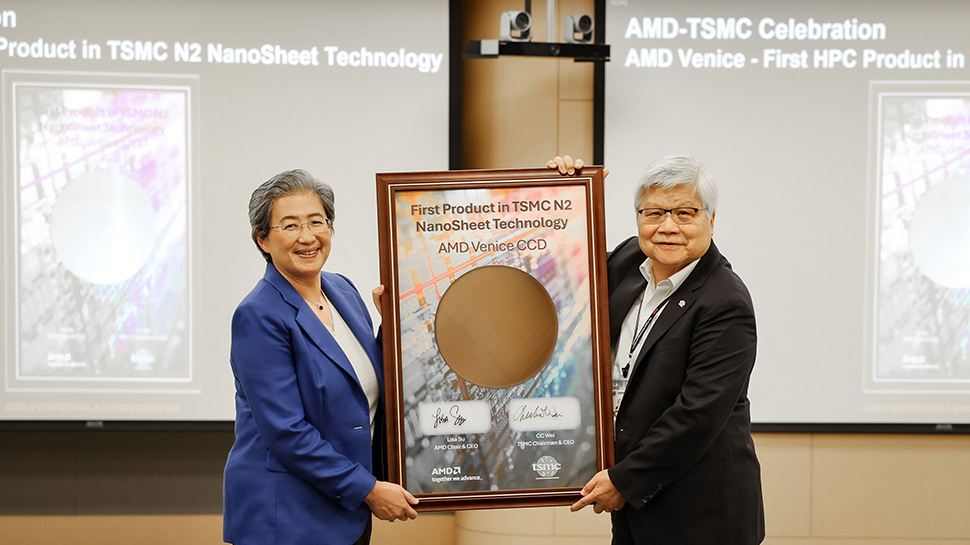

























































































































































![[The AI Show Episode 144]: ChatGPT’s New Memory, Shopify CEO’s Leaked “AI First” Memo, Google Cloud Next Releases, o3 and o4-mini Coming Soon & Llama 4’s Rocky Launch](https://www.marketingaiinstitute.com/hubfs/ep%20144%20cover.png)




























































































































































































































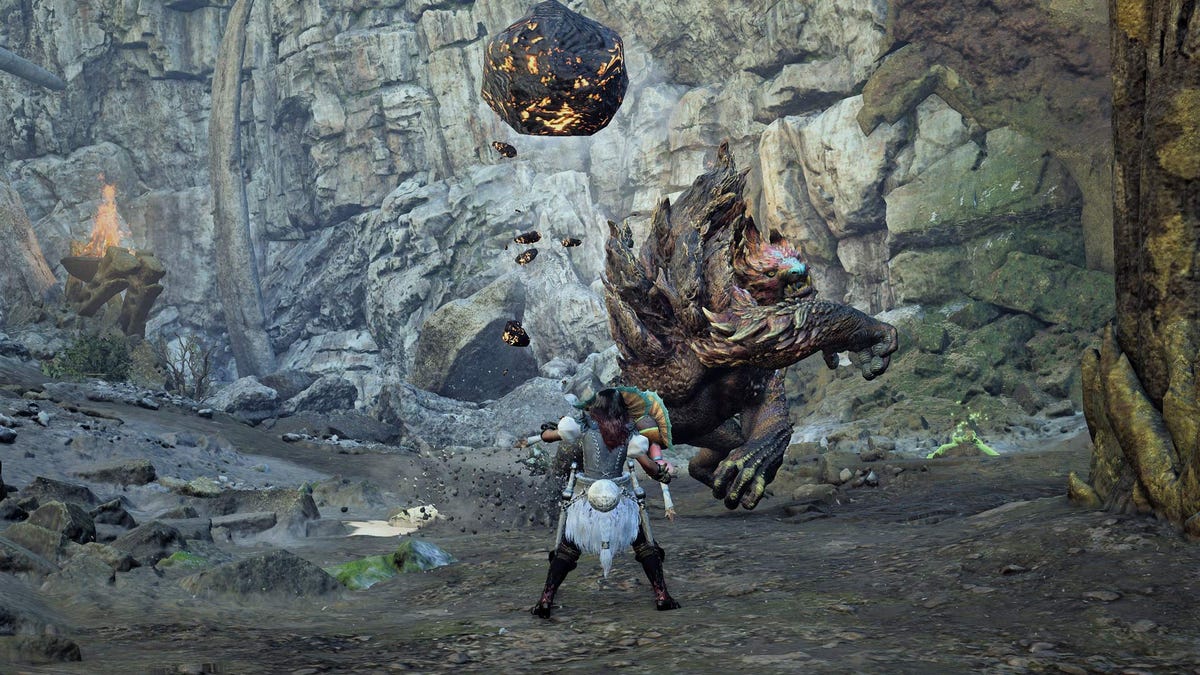












.png?#)







-Baldur’s-Gate-3-The-Final-Patch---An-Animated-Short-00-03-43.png?width=1920&height=1920&fit=bounds&quality=70&format=jpg&auto=webp#)
























_Aleksey_Funtap_Alamy.jpg?width=1280&auto=webp&quality=80&disable=upscale#)



















































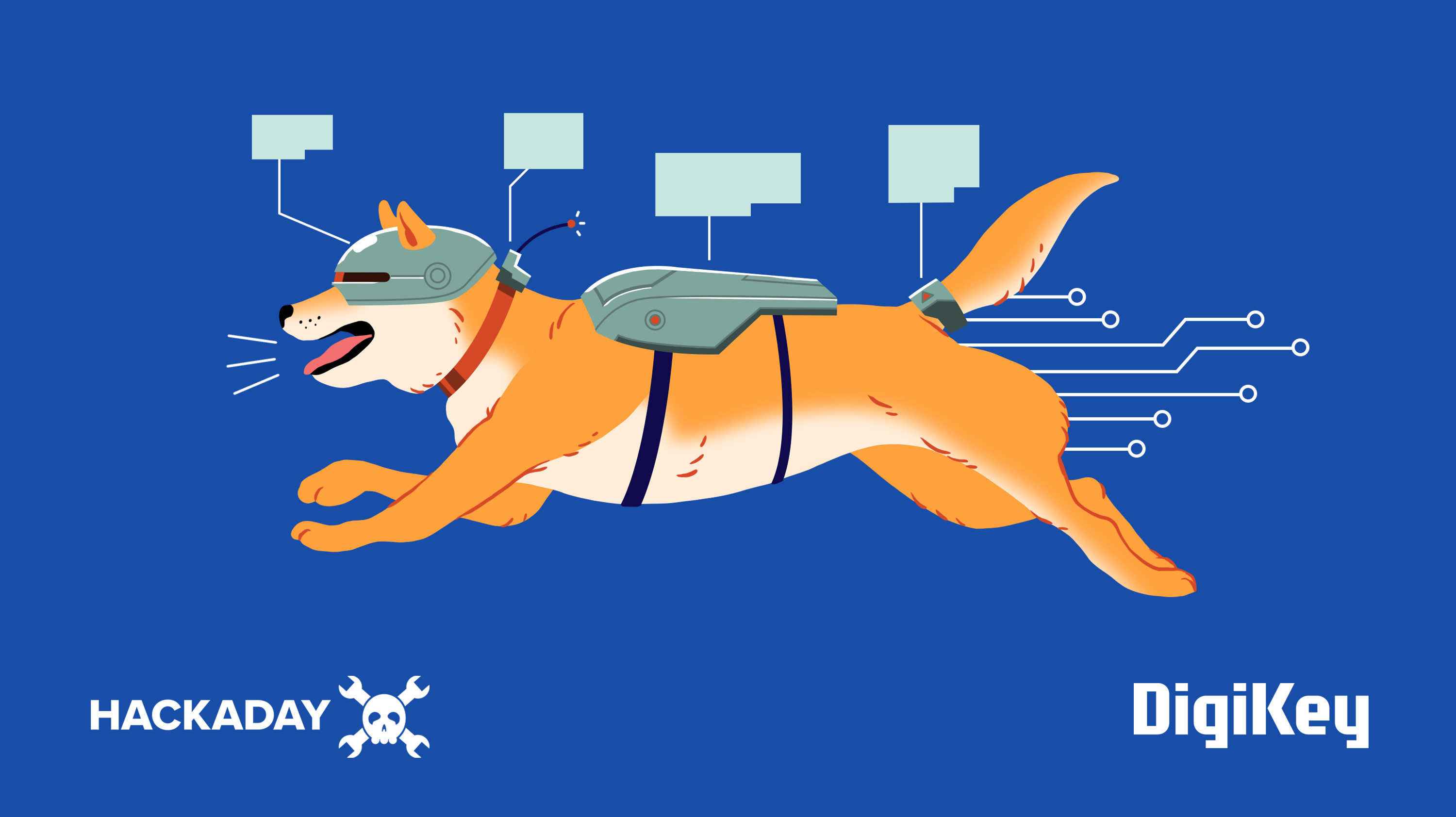






















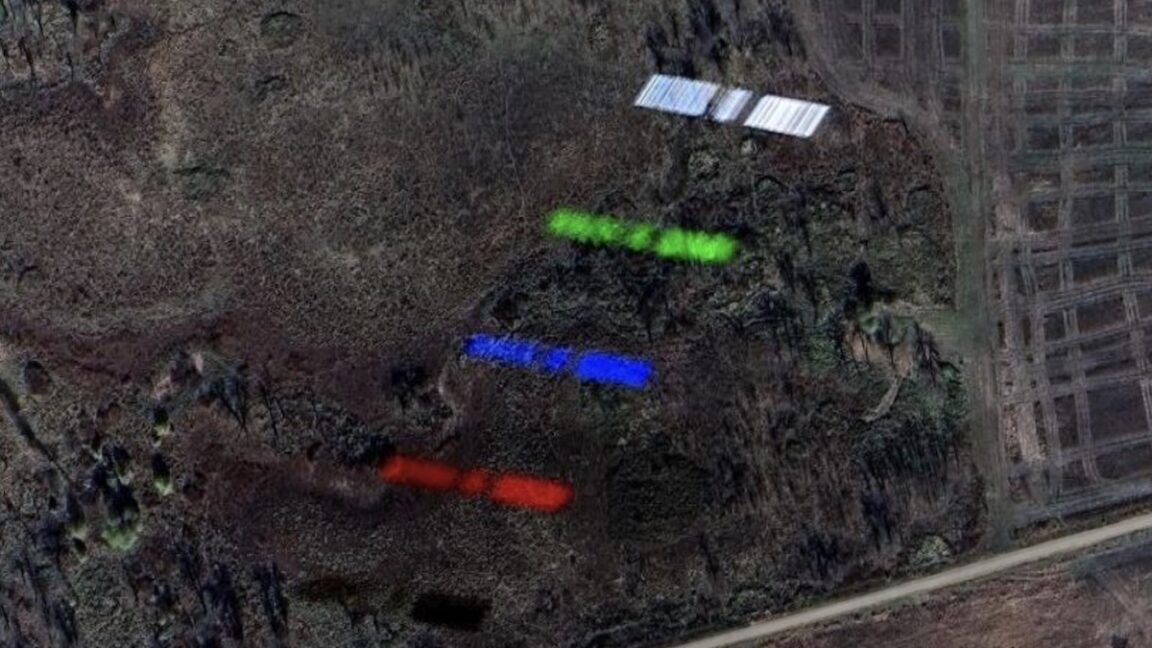
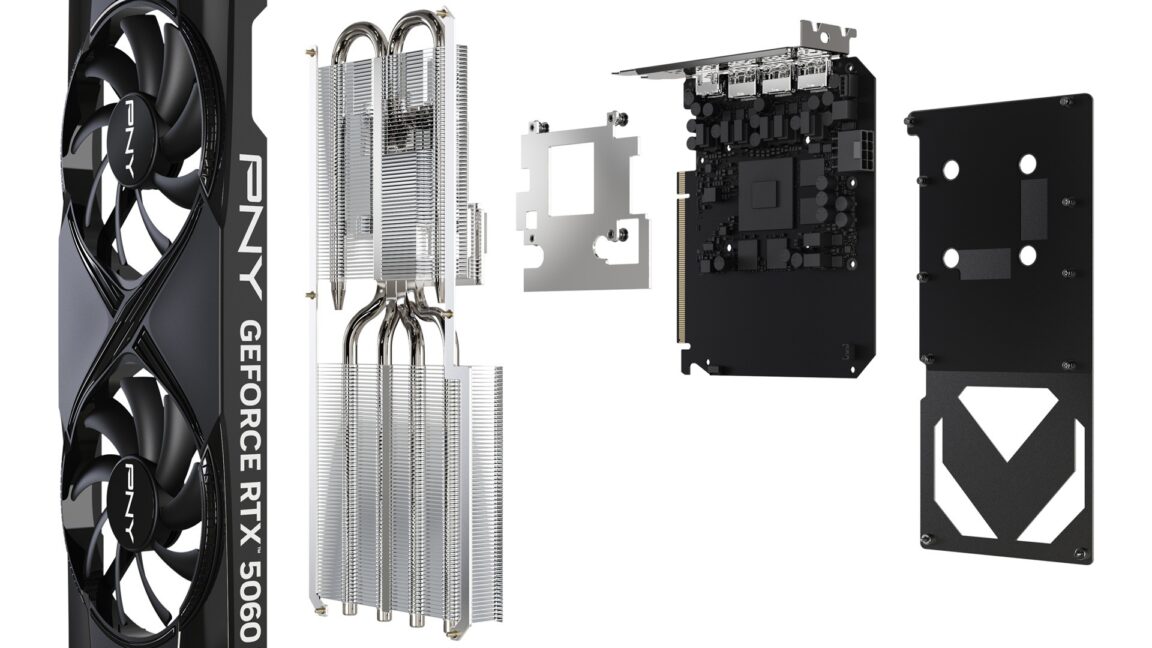
















![‘Samsung Auto’ is an Android Auto alternative for Galaxy phones you can’t use [Gallery]](https://i0.wp.com/9to5google.com/wp-content/uploads/sites/4/2025/04/samsung-auto-12.jpg?resize=1200%2C628&quality=82&strip=all&ssl=1)











![Apple Releases Public Betas of iOS 18.5, iPadOS 18.5, macOS Sequoia 15.5 [Download]](https://www.iclarified.com/images/news/97024/97024/97024-640.jpg)
![Apple to Launch In-Store Recycling Promotion Tomorrow, Up to $20 Off Accessories [Gurman]](https://www.iclarified.com/images/news/97023/97023/97023-640.jpg)
![Apple Taps Samsung as Exclusive OLED Supplier for Foldable iPhone [Report]](https://www.iclarified.com/images/news/97020/97020/97020-640.jpg)


















































